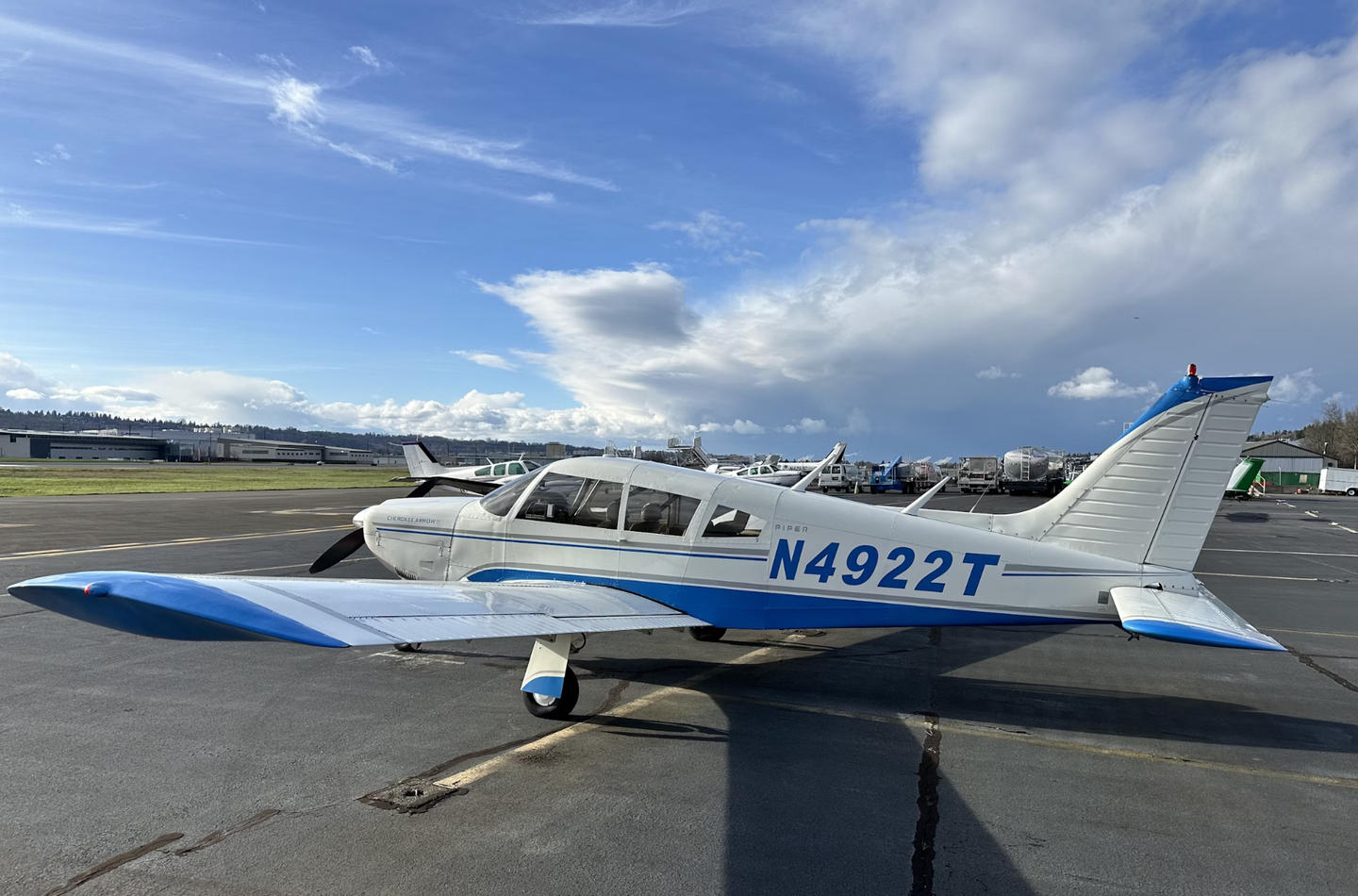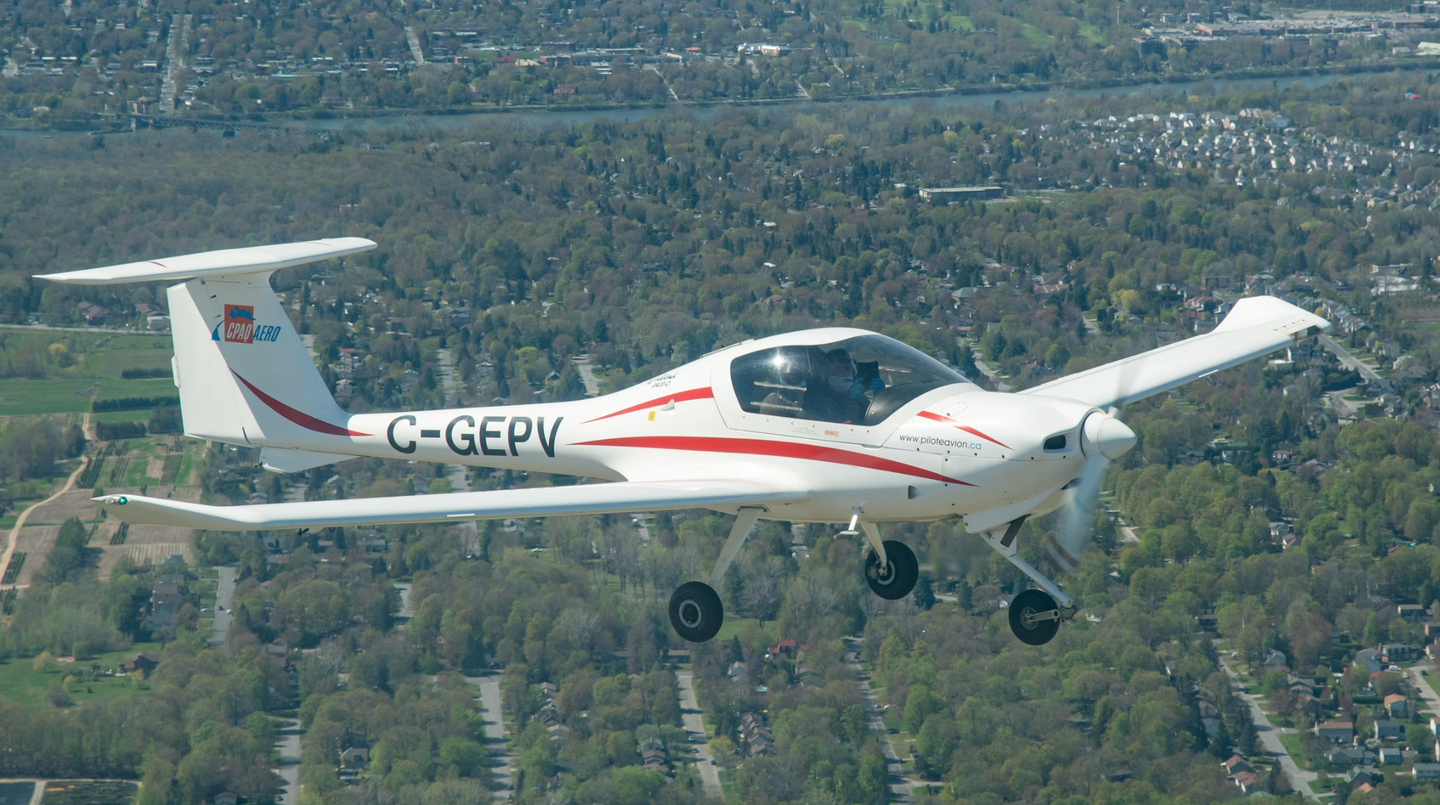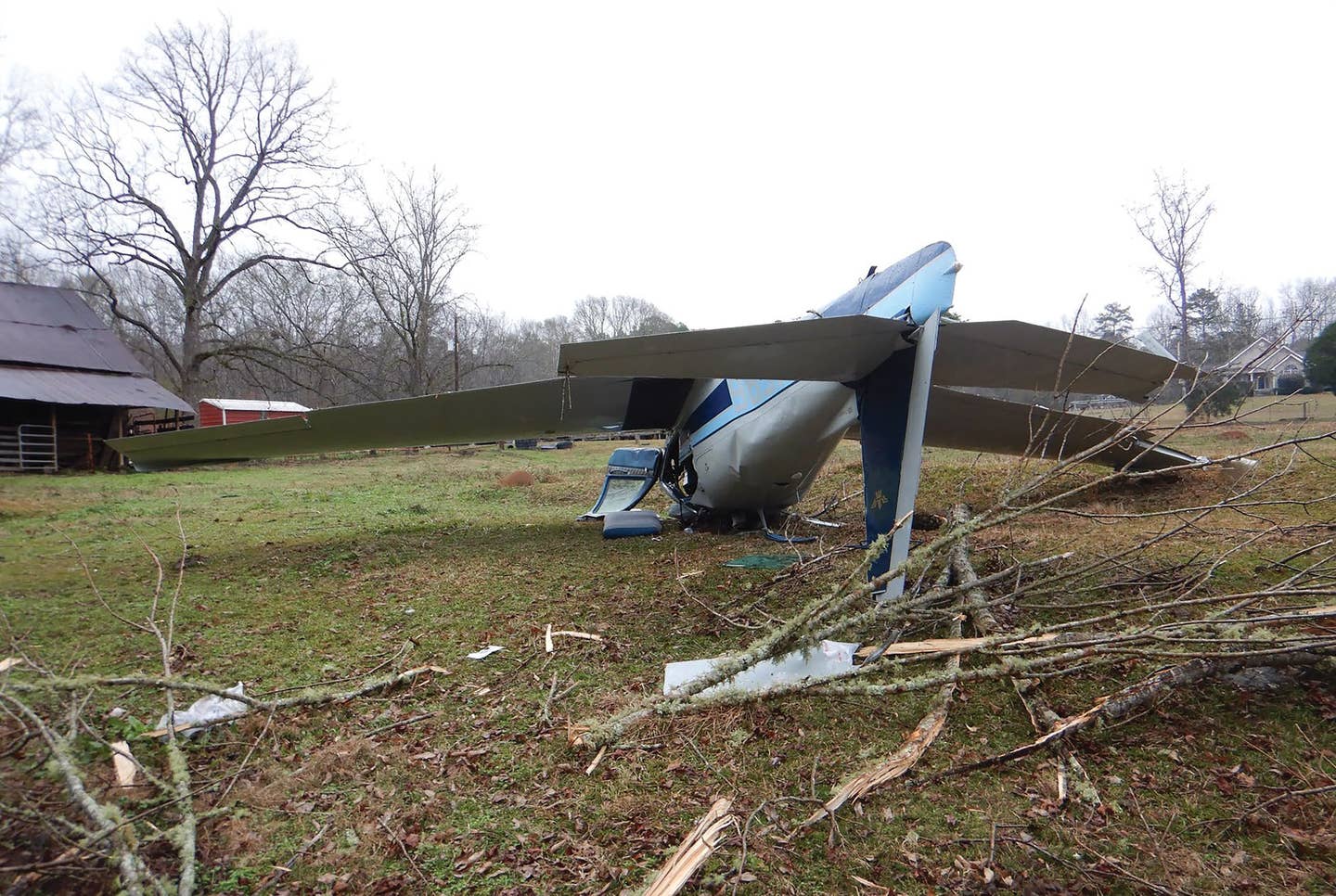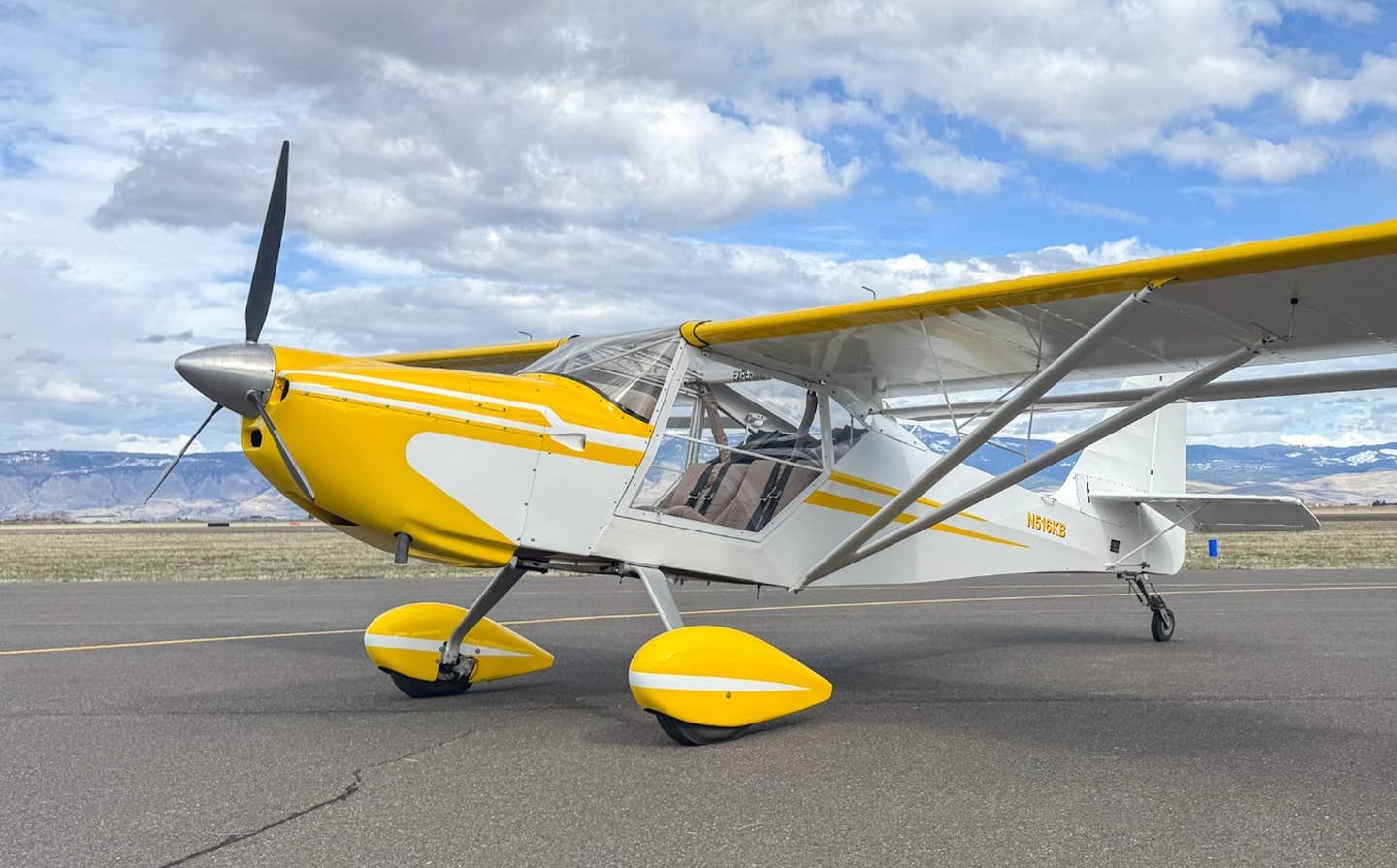The Infamous Bladder Fuel Tanks and the Killer Fuel Caps
The Infamous Bladder Fuel Tanks and the Killer Fuel Caps Keeping water out of aircraft fuel systems is high on our list of “must-do” items. Over the years, much has…

The Infamous Bladder Fuel Tanks and the Killer Fuel Caps
Keeping water out of aircraft fuel systems is high on our list of "must-do" items. Over the years, much has been made of the Skylane's rubber bladder fuel tanks, ostensibly because they get wrinkles in the bottom and trap water from getting to the drain sump. Big Cessna, always a tempting target, has been sued with considerable success over this claimed design flaw. Yet second-hand Skylanes continue to be highly sought after in the marketplace.
There's absolutely nothing wrong with the concept of rubber cells to hold fuel; they've been used since before World War II in military airplanes, they hold up well in crashes, and they can be squeezed through small spaces and unfolded, making them easier to install than a metal tank. Bonanzas use them, twin Cessnas have them, big transport planes have them. They do require on-condition replacement as they age out and start leaking, but that can be after decades of service. So why were the Cessna 182's tanks a problem?
It was the "trapping water" issue. Once water was introduced into the tank, it was difficult to get out, particularly if the tank might have an uneven bottom surface, keeping the heavier water from moving to the drain. Compounding the problem, Cessna used flush folding-tab caps in the 1960s and '70s, which could allow rain and wash water to leak into the tank. By Airworthiness Directive, the caps were eventually replaced with "umbrella" caps that do a better job of keeping water out, and another AD addressed the "bladder wrinkle" issue with an inspection and smoothing-out of the tank bottom.
Did it do any good? The easier-to-maintain replacement caps were more reliable, and maybe some tank wrinkles were found and removed. Nevertheless, Cessna gave up and went to a bonded-construction wing with integral wet-wing fuel bays in 1979, gaining a few gallons of capacity. Sealant can deteriorate over time in integral tanks, so time will tell if the later Skylanes will hold up.
However, in my experience, no matter how the tank is made, once you get water in there, it can take months to get rid of it. Droplets of the stuff keep showing up long after you think you've drained it all out. And once you introduce lawyers into a fuel system, it can take years to get rid of them.

Subscribe to Our Newsletter
Get the latest Plane & Pilot Magazine stories delivered directly to your inbox






